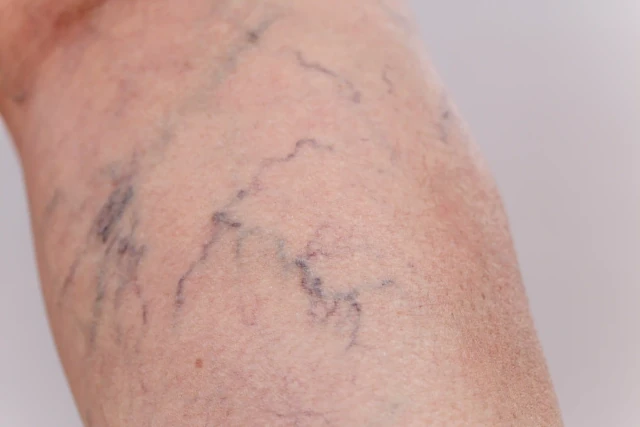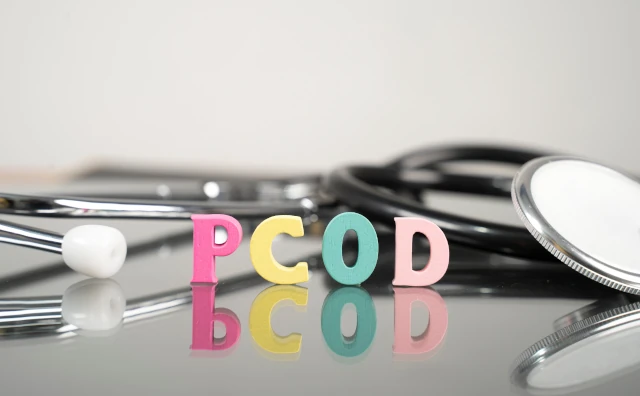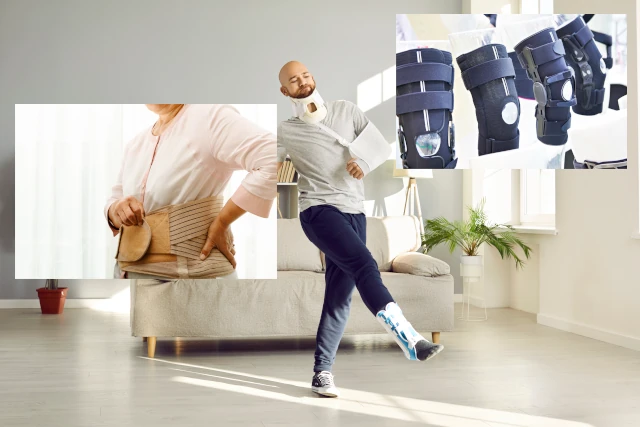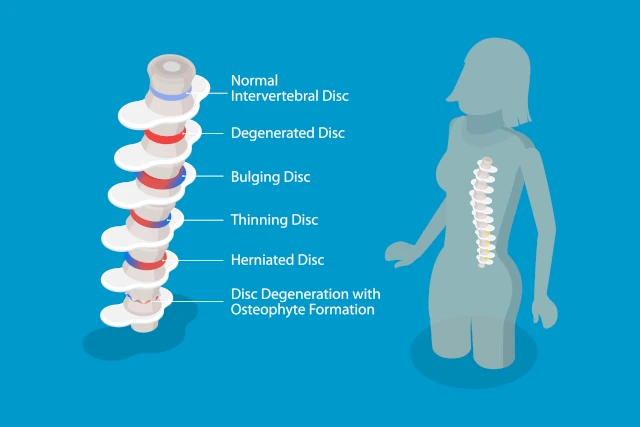
Varicose Vein Symptoms, Prevention and Effective Home Treatments
- Dr. Sonali Bansal (MPT)
Connect with our expert physiotherapist for personalized physiotherapy advice.
Varicose veins are swollen, twisted veins that often appear on the legs. They occur when valves in the veins weaken, causing blood to pool and veins to enlarge. This condition is not just a cosmetic concern; it can lead to discomfort and health issues if left untreated. Understanding the symptoms and knowing how to manage varicose veins at home can help alleviate symptoms and improve your quality of life.
What Are Varicose Veins?
Varicose veins are enlarged veins that commonly appear dark purple or blue and may bulge out from the skin. They are most frequently found in the legs and feet due to the increased pressure in these areas from standing and walking.
Common Symptoms of Varicose Veins
Identifying the symptoms early can help you manage the condition before it worsens. Common symptoms of varicose veins include:
- Visible, Twisted Veins
The most noticeable sign is enlarged veins that may appear blue or dark purple. They can be lumpy, bulging, or twisted.
- Leg Pain or Heaviness
A feeling of aching, burning, or heaviness in the legs, especially after prolonged standing or sitting.
- Swelling in the Lower Legs
The feet and ankles may swell, particularly at the end of the day.
- Itching Around the Veins
Varicose veins can cause itching or irritation around the affected area.
- Skin Discoloration
The skin around the varicose veins may appear discolored or develop a rash.
- Muscle Cramps
Some individuals experience leg cramps, especially at night.
If you notice any of these symptoms, it’s important to seek medical advice for a proper diagnosis. Although varicose veins are not usually a serious condition, untreated cases can lead to complications such as blood clots, ulcers, or bleeding.
Home Treatment Options for Varicose Veins
While medical procedures are available for treating varicose veins, there are also effective home remedies and lifestyle changes that can help alleviate symptoms and prevent the condition from worsening. Here are some recommended treatments you can try at home:
- Wear Compression Stockings
- How They Help:
Compression stockings apply gentle pressure to your legs, helping veins and muscles move blood more efficiently.
- Usage:
Wear them during the day, especially when standing for long periods. They can help reduce pain, swelling, and the appearance of varicose veins.
- How They Help:
- Elevate Your Legs
- Why It Works:
Elevating your legs above the level of your heart reduces pressure in the leg veins and improves circulation.
- How to Do It:
Prop your legs up with pillows when resting or sleep with your legs elevated. Aim for 15-20 minutes, 3-4 times a day.
- Why It Works:
- Exercise Regularly
- Benefits:
Physical activity improves blood flow, reduces inflammation, and strengthens leg muscles.
- Recommended Exercises:
Low-impact exercises such as walking, swimming, and cycling are ideal. Leg lifts, calf raises, and ankle pumps can also be beneficial.
- Benefits:
- Maintain a Healthy Weight
- Impact on Veins:
Being overweight puts extra pressure on your veins, making varicose veins more likely to develop or worsen.
- What to Do:
Follow a balanced diet with plenty of fruits, vegetables, lean proteins, and whole grains. Reducing salt intake can also help prevent swelling.
- Impact on Veins:
- Avoid Prolonged Sitting or Standing
- Why It Matters:
Staying in one position for too long can restrict blood flow, increasing pressure in the veins.
- Tips:
If your job requires standing or sitting for long periods, take regular breaks to walk around or perform stretching exercises. Try to move every 30 minutes.
- Why It Matters:
- Massage the Affected Area
- Benefits:
Gentle massage can help reduce swelling and promote better circulation.
- Technique:
Use upward strokes to massage your legs, moving from the ankles towards the thighs. Avoid pressing directly on the varicose veins.
- Benefits:
- Apply Cold Compresses
- How It Helps:
A cold compress can reduce inflammation and discomfort.
- Usage:
Apply a cold pack or cloth soaked in cold water to the affected area for 10-15 minutes
- How It Helps:
When to See a Doctor
While home treatments can be effective for managing mild varicose veins, certain symptoms may require medical attention. Consult a healthcare provider if you experience:
Severe pain or swelling in the legs
Skin ulcers or sores near the varicose veins
Changes in skin color around the veins
A sudden increase in the size or number of varicose veins
Medical Treatment Options for Varicose Veins
If home remedies don’t provide relief, various medical treatments can effectively treat varicose veins:
- Sclerotherapy:
A solution is injected into the veins to close them off.
- Laser Treatment:
Uses light energy to reduce the appearance of varicose veins.
- Radiofrequency or Endovenous Laser Therapy (EVLT):
Minimally invasive procedures that close off affected veins.
- Vein Stripping and Ligation:
Surgical procedures for severe cases.
Preventing Varicose Veins
Prevention plays a crucial role in managing varicose veins. Here are some tips to keep your veins healthy:
Stay active and exercise regularly
Maintain a healthy weight
Avoid tight clothing that restricts circulation
Elevate your legs whenever possible
Wear compression stockings if advised by a healthcare professional
Surgical Options
In severe cases where conservative treatment fails to alleviate pain, surgery may be considered. This involves removing the calcaneal spur and repairing any damage to surrounding tissues. However, surgery is typically the last resort and is only considered after a lengthy period of conservative management.
FAQs About Varicose Veins
- Can varicose veins go away on their own?
No, varicose veins do not go away without treatment. However, symptoms can be managed with lifestyle changes and home remedies.
- Are compression stockings effective for varicose veins?
Yes, compression stockings can help reduce pain and swelling by improving circulation.
- Do natural remedies cure varicose veins?
Natural remedies can help alleviate symptoms but do not cure varicose veins. For severe cases, medical treatments are more effective.
Conclusion
Varicose veins can be uncomfortable and affect your quality of life, but with the right approach, you can manage the symptoms at home effectively. By adopting a healthy lifestyle, using home remedies, and seeking medical advice when necessary, you can alleviate discomfort and reduce the appearance of varicose veins. Always consult a healthcare professional for a proper diagnosis and personalized treatment plan.
Connect with our expert physiotherapist for personalized physiotherapy advice.



